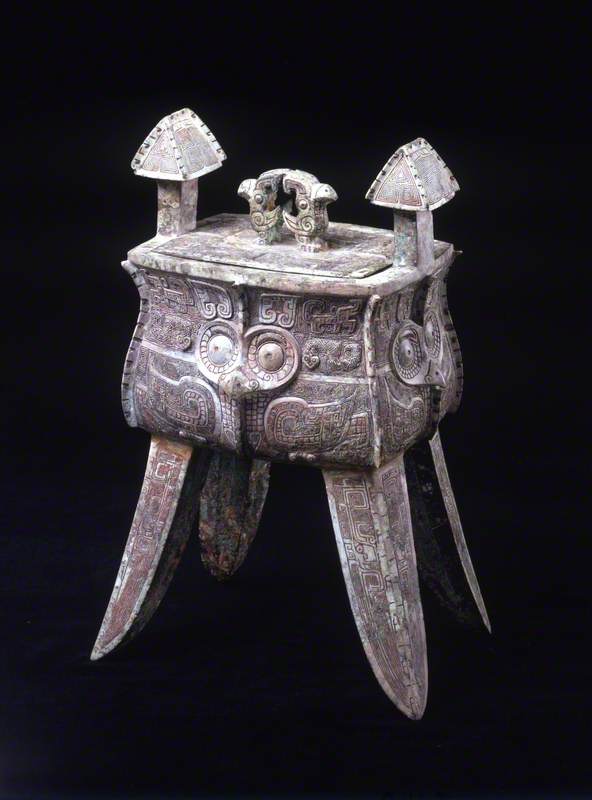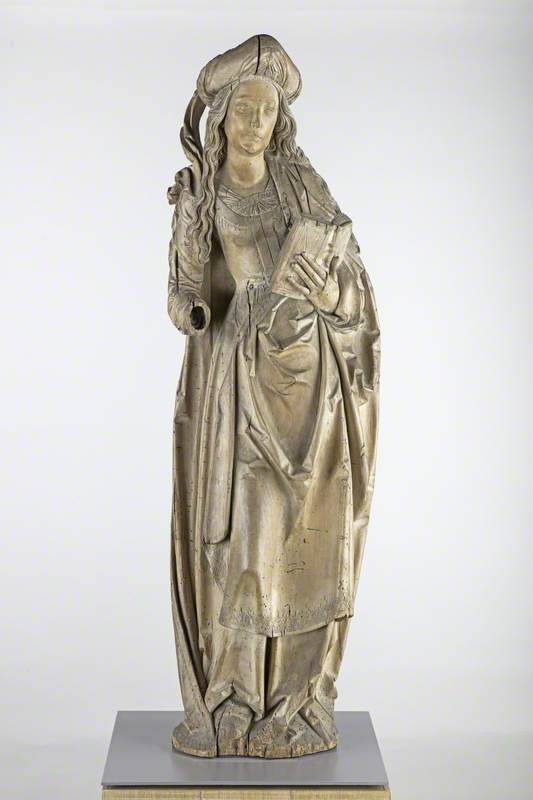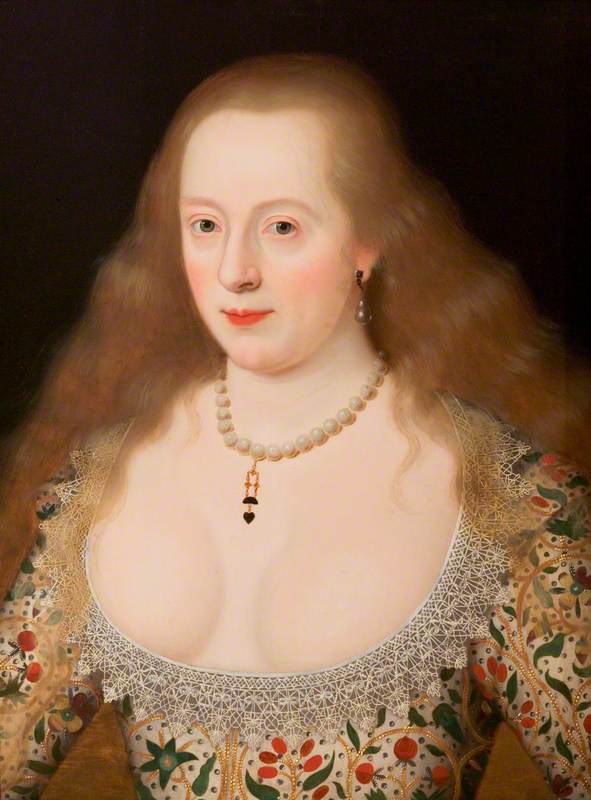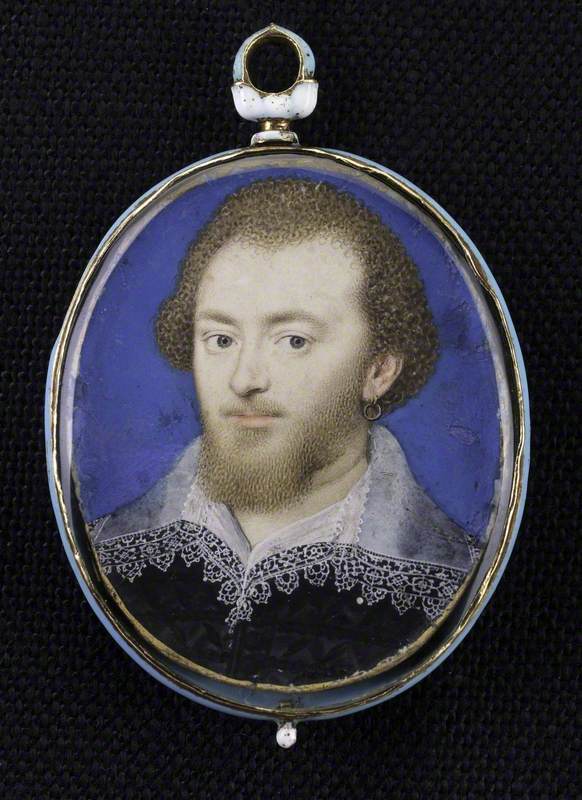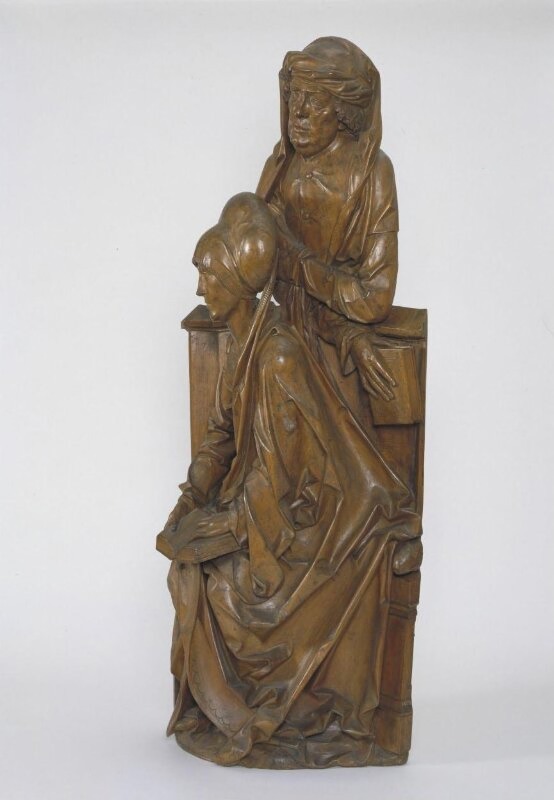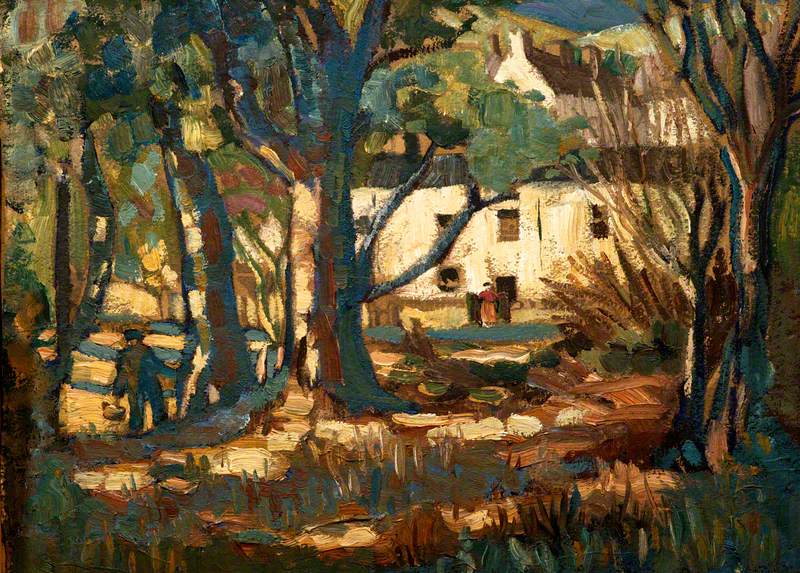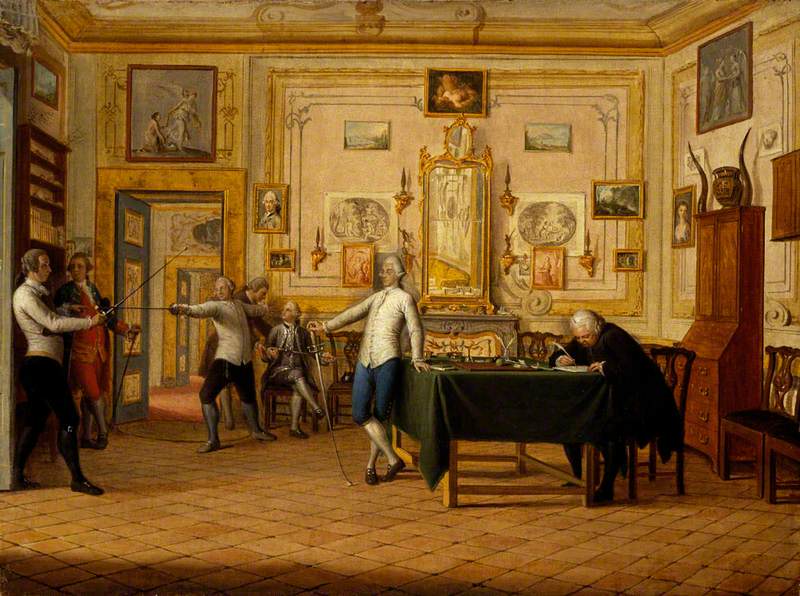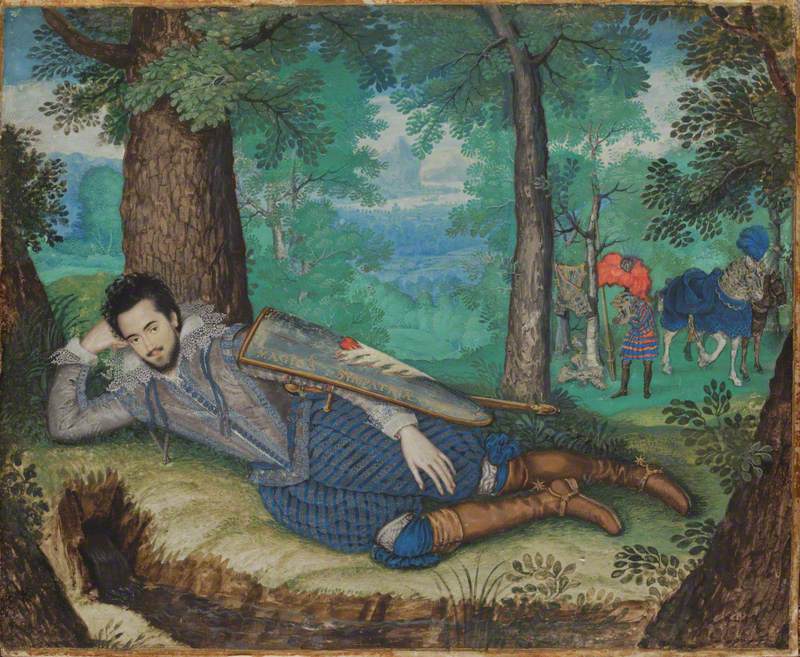Established in 2004 as an independent charity, Compton Verney is one of the leading cultural organisations in the Midlands, with a mission to combine art, nature and creativity through a busy artistic programme. The 18th century mansion houses exhibition spaces for temporary exhibitions and our six unique permanent collections: Neapolitan Art 1600-1800, Northern European Art 1450-1650, Portraits and Miniatures, ancient Chinese ritual vessels, British Folk Art and the Marx-Lambert Collection. Outside the house, visitors can explore 120 acres of Lancelot ‘Capability’ Brown-designed parkland, teeming with wildlife.
Art Unlocked is an online talk series by Art UK in collaboration with Bloomberg Philanthropies. This Curation is based on a talk by Oli McCall, Curator at Compton Verney, on 7th December 2022. You can watch a recording of the talk on Art UK's YouTube channel.
-
Wine Vessel and Cover, Fangjia
Wine Vessel and Cover, Fangjia b.1550 BC–1050 BCFangjia are among the rarest vessels from the Shang Dynasty and only a few other examples can be seen around the world in museums and private collections. This elaborately cast fangjia is richly decorated with an owl motif on three of the four sides; a bird considered to be an omen of good fortune by the ancient Chinese. This vessel may once have been owned by royalty or a particularly high-ranking official and is likely to have been used at banquets in temples, when sacrifices of food and wine were offered to the ancestors.
unknown artist
Bronze
H 30.7 cm
Compton Verney
-
The Festival of the Madonna dell'Arco
The Festival of the Madonna dell'Arco 1777Pietro Fabris painted this canvas for his patron, the British envoy in Naples, Sir William Hamilton. The festival of the Madonna dell’Arco was held on Easter Monday at the sanctuary seen on the right. The sanctuary housed the miraculous image of the Madonna which was believed to have saved it from destruction during the eruption of Vesuvius in 1631. Hamilton and Fabris collaborated on a number of projects, including the production by Fabris of plates for Hamilton’s book on volcanic sites entitled Campi Phlegraei, or ‘flaming fields’. Both men were interested in Neapolitan costumes and customs, which inspired this painting.
Pietro Fabris (active c.1740–1804)
Oil on canvas
H 102.6 x W 153.7 cm
Compton Verney
-
A Female Saint
A Female Saint c.1515–1520Riemenschneider was one of the most important sculptors in Germany in the early period of the Reformation. He settled in Wurzberg in 1483, where he headed a workshop for nearly 45 years producing numerous altarpieces, statues and reliefs. This finely-carved sculpture of a female saint would originally have formed part of an altarpiece, together with four other saints. She originally held an object in her right hand – an 'attribute' – by which she would have been identified, but this has since been lost. Many sculptures of this period were gilded and painted, but the surface finish of this sculpture suggests that it was not intended to be decorated.
Tilman Riemenschneider (c.1460–1531)
Limewood
H 106.7 x W 33 x D 16.8 cm
Compton Verney
-
Frances Howard (1578–1639), Duchess of Richmond and Lennox
Frances Howard (1578–1639), Duchess of Richmond and Lennox c.1621Frances Howard’s third husband, the Duke of Lennox, was created the first Duke of Richmond and Lennox in 1623, earning her the nickname of ‘Double Duchess’. She is portrayed wearing an eye-catching low-cut bodice embroidered in silk and gold threads, and a pendant ornament of a heart and half moon associated with the Lennox family.
Marcus Gheeraerts the younger (1561/1562–1635/1636)
Oil on panel
H 57.5 x W 44.5 cm
Compton Verney
-
A Gentleman, Previously Known as Robert Devereux, 2nd Earl of Essex
A Gentleman, Previously Known as Robert Devereux, 2nd Earl of Essex early 17th CBorn in Rouen, France, to Huguenot (Protestant) parents, Isaac Oliver arrived in England in 1568. He was mentored by the great miniaturist Nicholas Hilliard and became England’s most celebrated miniature painter during the reign of James I, painting numerous portraits of Queen Anne of Denmark and Henry Frederick, Prince of Wales. The unknown sitter, previously thought to be Robert Devereux, 2nd Earl of Essex, is finely dressed, wearing a black satin doublet and collar fringed with delicate lace.
Isaac Oliver (c.1556/1565–1617)
Watercolour on vellum
Compton Verney
